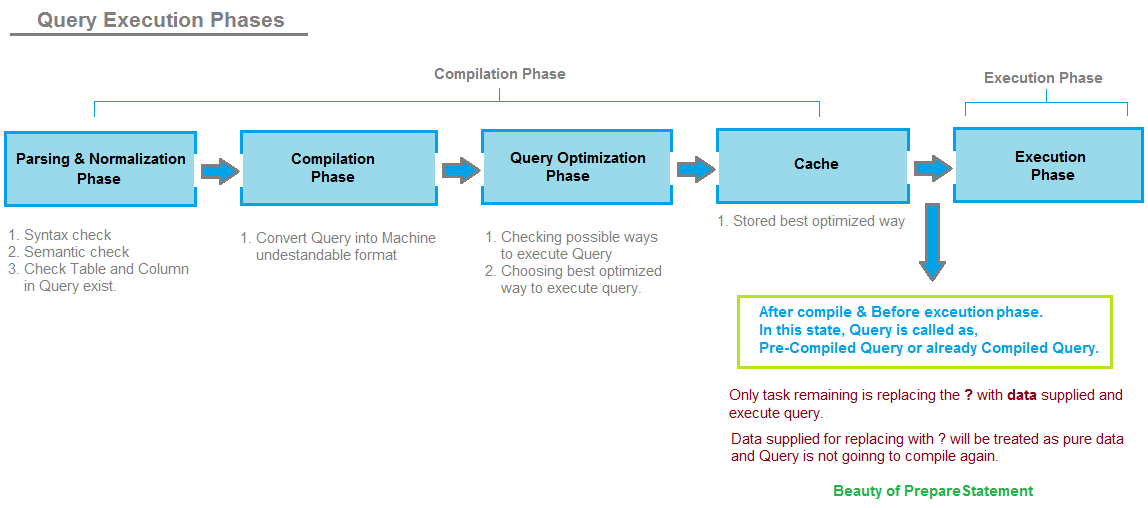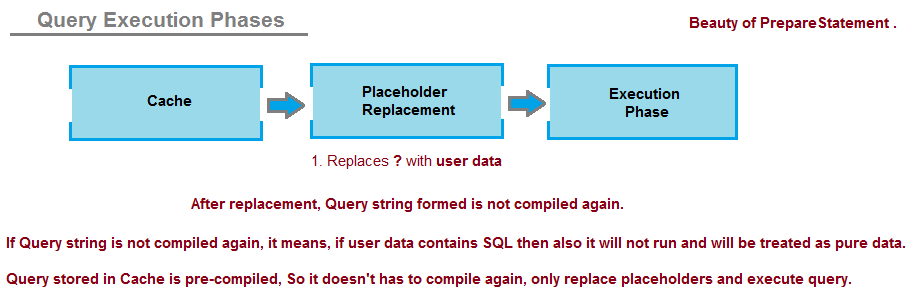- Jaimin Gohel
OWASP Top 10
A1- Injection Explained
About Speaker
- InfoSec Enthusiast
-
Speaker
- Null Ahmedabad
- Mozilla Gujarat

What is OWASP?
The Open Web Application Security Project (OWASP) is a not-for-profit group that helps organizations develop, purchase, and maintain software application that can be trusted.
-
OWASP Top 10 Application Security Risks
-
Zap proxy
-
Mutillidae
The Top 10 (2017)
- A1 - Injection
- A2 - Broken Authentication
- A3 - Sensitive Data Exposure
- A4 - XML External Entities (XXE)
- A5 - Broken Access Control
- A6 - Security Misconfiguration
- A7 - Cross-Site Scripting (XSS)
- A8 - Insecure Deserialization
- A9 - Using Components with Known Vulnerabilities
- A10 - Insufficient Logging & Monitoring
What is injection?
- When untrusted data is taken from user input and applied to some kind of query or interpreter in a way that assumes what the data will look alike.
- An attacker enters data that does not fit the expected input but malforms in some way to have unintended consequences such as error leakage, damage or exposure of data.
- An attacker can bypass any client side controls tha might be intended to stop this.
- Usually related to SQL but can also apply to XPATH or Operating system calls or anything that builds a query from user input.
Types of injection
- SQL Injection
- XPath Injection
- Code Injection
- OS command injection
How common is it?
- It is not the most common but it is the most serious vulnerability found in web applications.
-
If the site is susceptible it is usually quite easy to take adavantage of
- eg. SQLMAP
-
It is usually easy to find out if a site is susceptible
- Eg. syntax errors
A1 - Injection
Injection flaws, such as SQL, NoSQL, OS, and LDAP injection, occur when untrusted data is sent to an interpreter as part of a command or query. The attacker's hostile data can trick the interpreter into executing unintended commands or accessing data without proper authorization.
<?php
mysql_query(“select * from users where name = ‘“.$_POST[‘name’].”’ AND
password = ‘“.$_POST[‘password’].”’) ?>
name = ‘ or 1=1 – ← there is a space after the SQL comment
SQLi: SELECT * from users where name = '' or 1=1 -- AND password = '' ← always trueSecure Code
<?php
/* create a prepared statement */
if ($stmt = $mysqli->prepare("SELECT * from users where name=? AND password=?")) {
/* bind parameters for markers */
$stmt->bind_param("ss", $name,$password);
/* execute query */
$stmt->execute();
/* bind result variables */
$stmt->bind_result($details);
/* fetch value */
$stmt->fetch();
/* close statement */
$stmt->close();
}DEMO
Remediation
- Parameterized queries allow the framework to escape user input
- Prepared statements are very useful against SQL injections, because parameter values, which are transmitted later using a different protocol, need not be correctly escaped.
-
Stored Procedures allow you to restrict what the application can do on the DB
- Eg. like not permit select * from users
- Input validation should be applied, server side to ALL user input in as restrictive way as possible
- Do not only rely on input validation.
How Prepared statements prevent SQLi?

How Prepared statements prevent SQLi?

Resources and credits
- https://www.owasp.org/index.php/Top_10-2017_A1-Injection
- https://www.acunetix.com/blog/articles/injection-attacks/
- http://javabypatel.blogspot.in/2015/09/how-prepared-statement-in-java-prevents-sql-injection.html
Questions?
Thank you.
OWASP Top 10 - A1 Injection explained
By Jaimin Gohel
OWASP Top 10 - A1 Injection explained
OWASP Top 10 - A1 Injection explained by Jaimin Gohel
- 2,271



